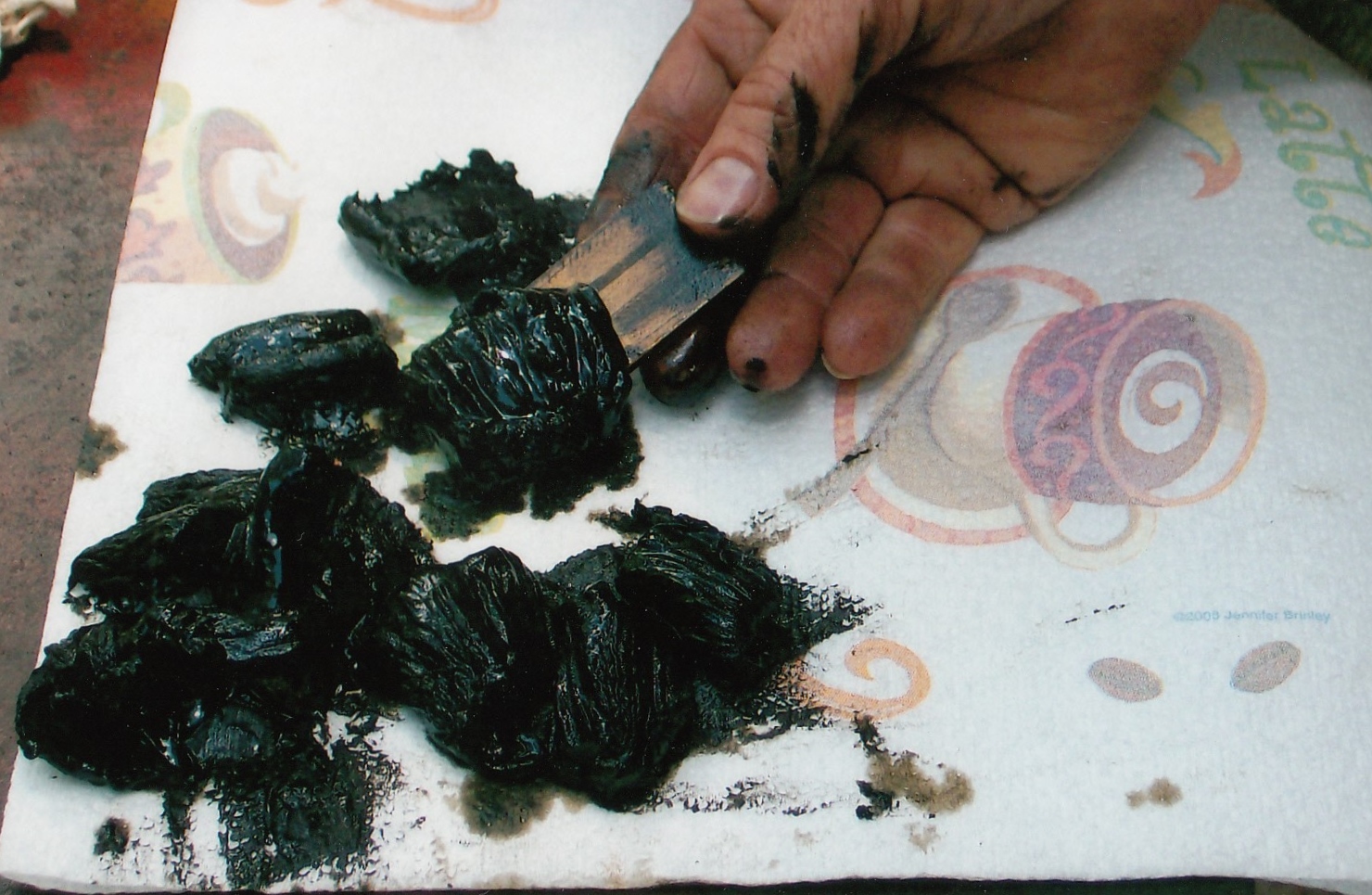No products
Categories
- WVO Waste Motor Oil Algae Centrifuges
- Algae Centrifuge for Algae Harvesting
- Automatic Centrifuge Controllers
- Biodiesel Centrifuges
- Explosion Proof Centrifuges
- High Speed Centrifuges, Decanters and Oil Water Separators
- WMO Centrifuge - Waste Motor Oil Centrifuge
- WVO Centrifuge - Waste Vegetable Oil Centrifuge
- Oil Transfer Pump
- Waste Motor Oil Pumps, WVO Pumps, Oil Transfer pumps, Industrial Oil Pumps
- Oil Transfer - Meters,Tanks, Hoses, Nozzles and Fittings
- Media Filtration - Bag Filters, Filter Housings, FIlter Heads
- Electric Oil Transfer Pump and Centrifuge Motors
- Filter Heaters, Battery Heaters, Drum Heaters
- Waste Oil Heater and Waste Oil Burners
- How-to Books
- Parts / Accessories
- Cannabis Hemp Centrifuges For Solvent Extraction of CBD Oil
- Centrifuge Applications
- Make Black Diesel
- Comparing Centrifuges RPM vs. RCF
- Lab Reports US Filtermaxx Centrifuge
- Centrifuge Feeding Systems
- Gravity Feed Centrifuge
- Centrifuge Feed Rates
- Estimating Flow Rate
- Causes of Centrifuge Vibration
- One Pass Oil Cleaning, Estimating Run Time
- P-trap Centrifuge Output
- Centrifuge Piping Schematic
- Electrical Wiring for Centrifuge
- US Filtermaxx General Centrifuge Assembly
- Automatic10,000G WVO Centrifuge Manual
- Centrifuge Controllers Manual
- VFD Programming
- Centrifuging Low Flashpoint Liquids
- Selecting the Proper Oil Pump
- US Filtermaxx Oil Burner Manual
- Centrifuge floor space requirements
What's New and BLOG
One Pass Oil Cleaning and the Automatic Controller
Our tests show that waste motor oil or WMO, typically contains between 3 to 5 percent solids. When cleaning WMO, the solid particulates become concentrated next to the bowl wall and clean oil floats to

the center of the bowl, spilling over the top edge and going out of the centrifuge through the clean oil output port. As the solid particles move to the bowl wall, some of the solid matter sticks to the sides of the bowl, however much of it is concentrated as a slurry of solid particulates in oil. If you feed the WMO or oil slow enough for long enough time so that all the particulates move to the wall, you could remove all the particulates as solid matter stuck to the sides of the bowl. However, such a slow feed rate and the amount of time spent scraping solid matter from the centrifuge bowl are too impractical and labor intensive for actual production. Much of the solid matter can be removed before the bowl fills up. Draining the slurry from the centrifuge before the bowl fills up allows a higher feed rate without sludge spilling over into the cleaned oil. This greatly extends the run time between bowl cleanings and also reduces or eliminates the sludge that spills into the cleaned oil.
The amount of WMO sludge concentrated in the centrifuge bowl depends upon 1. The G force with higher G force having a higher rate of concentration 2. The feed rate, the feed rate must be low enough for the centrifuge to do its job and settle the sludge to the outer wall (again, higher G force = faster and higher concentration of sludge). At some point, the bowl will fill with sludge and spill over into the cleaned oil. At this point, the centrifuge is removing very little if any contaminants as they spill over into the cleaned oil as fast as they are removed. Two remedies for this situation are 1. Slow the feed rate so low that all the particulates move to the outer wall and only cleaned oil is discharged, but we have already seen that this is impractical. 2. Stop the centrifuge and drain the sludge before it spills over, contaminating the cleaned oil.
The size of the bowl dictates the volume of oil processed between draining.
How often should the centrifuge be stopped and the bowl drained? An approximate starting point is determined by the bowl size. The US Filtermaxx WMO centrifuge has about 165 cubic inches sludge capacity.
5% =.05
3%= .03
1 gallon = 231 cubic inches
165 cubic inches / .05 = 3300 cubic inches of oil
3300 cubic inches / 231 in3/gal = 14.3 gallons
165 cubic inches / .03 = 5500 cubic inches
5500 cubic inches / 231 in3/gal = 24 gallons
So the optimal range of oil fed to the US Filtermaxx centrifuge between bowl draining is between 14 and 24 gallons. Running any centrifuge longer that the bowl capacity is like trying to put 10 gallons of sludge in a 5 gallon bucket.
Run time between draining will vary by G force, viscosity of the oil and percent contamination, however; volume between draining will remain about the same.
The volume between draining for other sized bowls is calculated in a similar manner.
A centrifuge bowl capacity of 1 pint = 28.875 cubic inches
28.875 / .05 = 577 cubic inches
577cubic inches / 231in3/gal = 2.5 gallons
For a bowl capacity of 1 quart = 5 gallons
Nobody wants to sit around and wait to drain their centrifuge bowl, so here at US Filtermaxx, we design a variety of programmable automatic centrifuge controllers to remove the burden of manually draining the sludge from the centrifuge, allowing automatic one pass cleaning.US Filtermaxx Dual Centrifuge Controller

